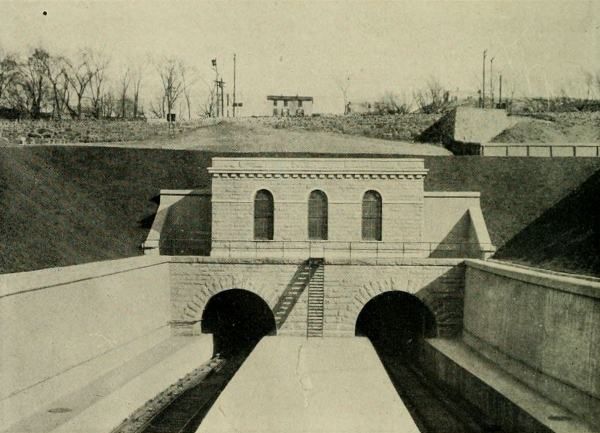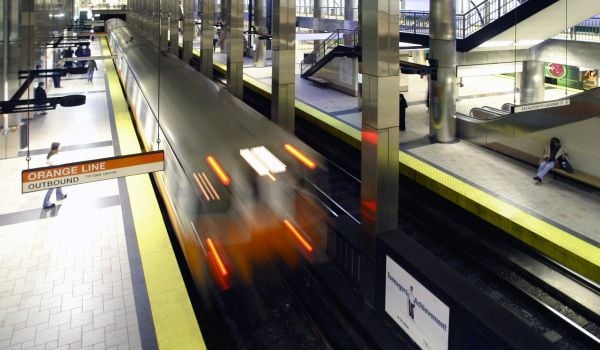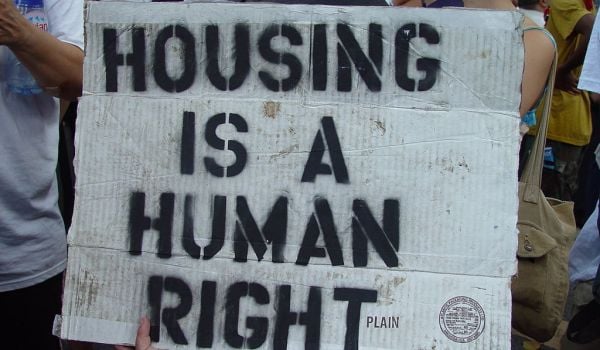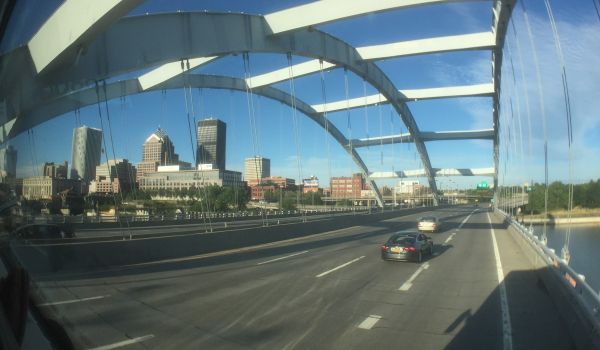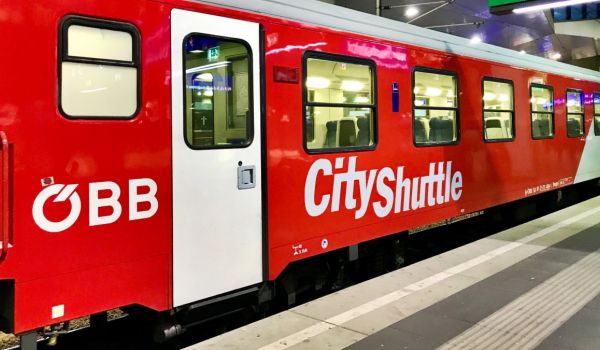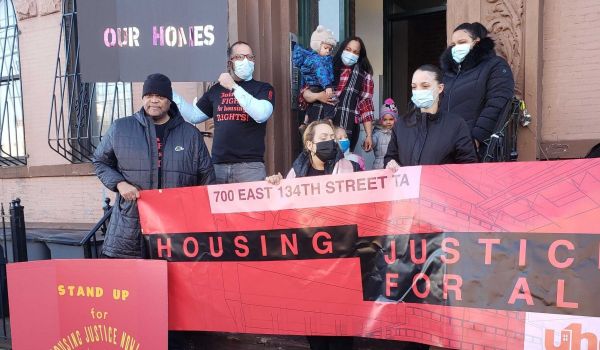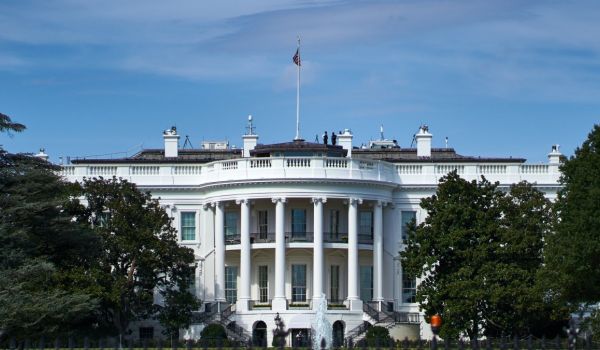Our weekly “New Starts” roundup of new and newsworthy transportation developments in the U.S. and around the world.
Transportation Secretary: We Don’t Have to Build New Hudson Tunnels to Fix The Current Ones. N.J. Governor: Yes, We Do
As the timeline for completing the Gateway project to dig two new tunnels under the Hudson River for Northeast Corridor trains keeps receding further into the distance, a spat has arisen over what to do about the two existing ones, which continue to deteriorate.
New Jersey Advance Media reports that U.S. Secretary of Transportation Elaine Chao has a recommendation: Just fix them.
Secretary Chao said Feb. 27 that the current Hudson tunnels could be repaired without having to build new tubes first. New Jersey Gov. Phil Murphy, in Washington on a lobbying trip that day, shot that idea down as soon as she floated it.
Murphy contends that increasing capacity under the Hudson is as important as fixing the tunnels, and state transportation officials say the new tunnels are needed in order to close the existing ones for rebuilding.
Chao, on the other hand, says that the U.S. Department of Transportation is working with Amtrak to figure out ways to proceed with tunnel reconstruction while keeping them in service. “Given the time, the cost, and the complexity of building an entirely new tunnel, the department is working with Amtrak to design and validate a faster and more cost-effective method to improve safety and functionality in this tunnel as the first order of business,” she told a House Appropriations subcommittee.
The Trump administration has voiced its reluctance to chip in half the cost of the new Gateway tunnels, and on top of that, the Federal Transit Administration has given the project a “medium-low” rating, making it ineligible for Federal assistance.
Chao’s recommendation is based on the length of time it would take to build the new tunnels. Both Gateway project spokespeople and Amtrak officials have stressed that even if the tunnels can be repaired while still in service, the two new tunnels are still needed to handle growing Northeast Corridor train traffic.
Miami Unveils Advocate-Led Bus Network Redesign
The Miami Herald reports that on Feb. 26, Transit Alliance Miami took the wraps off a total redesign of the county’s bus network.
The redesign is the culmination of the “Better Bus Project,” a two-year campaign by Transit Alliance Miami to create a bus system that Miami residents will actually want to use.
In contrast to the current network’s emphasis on running bus routes as close to as many residents as possible, the new network puts frequency, speed and reliability of service first. Under the new system, which must be approved by city and county commissioners, twice as many Miamians would live within a 5-minute walk of a bus route that operated at 15-minute intervals or less than do now. The more-frequent buses would improve access to job, shopping, government, healthcare and education centers by 33 percent.
Under the redesign, Miami-Dade Transit bus routes and city-run trolley routes that currently meander through neighborhoods would be streamlined, consolidated or restricted to peak hours. Meanwhile, 15 bus routes, including the four that cross the causeways connecting Miami with Miami Beach, would run at 15-minute intervals from 8 a.m. to 10 p.m., with more frequent service on Saturdays as well. That number represents a threefold increase in the number of 15-minute bus routes; currently, only five of the county’s 100 bus routes run that frequently.
County Commissioner and regular bus rider Eileen Higgins points out that the improved service will not cost county residents a dime beyond the fares they already pay. But she added that coordination between the county-run transit system and the city-run trolley service is critical to the redesign’s success and that county and local governments will have to work together to make the redesign a reality.
If the redesign is implemented in 2021, it would represent the first significant makeover of Miami bus service in 30 years.
Study: The Pricier the Car, the Greater the Risk to Pedestrians
It’s bad enough that most urban streets and roads in the United States are designed with pedestrians as an afterthought. To make matters worse, University of Nevada researchers have found that the trend towards bigger and more expensive SUVs, light trucks and even cars is making life even more dangerous for the urban walker.
As reported in Streetsblog USA, the Nevada researchers found in a controlled videotape experiment that for every additional $1,000 in vehicle value, a driver was three percent less likely to yield to easily identifiable pedestrians in a marked Las Vegas crosswalk.
The researchers used Kelly Blue Book figures rather than the actual price drivers paid to determine the value of the cars they videotaped.
The researchers also found racial bias in drivers’ behavior: while motorists were reluctant to brake for pedestrians across the board, they were even less likely to stop for African-American pedestrians, braking only 25 percent of the time, than white ones, for which they stopped 31 percent of the time. They were least likely to stop for African-American men in the crosswalk.
The researchers speculated that those pricey-car drivers blasted through the crosswalk because they “felt a sense of superiority over other road users.” Twitterers speculated that this was yet another manifestation of rich folks’ contempt for those poorer than they, but the Nevada researchers declined to go there. They pointed to two other culprits.
One: Those pricier cars are also larger and heavier. Many of them are SUVs, whose height puts the driver above pedestrian-eye level and increases the severity of vehicle-pedestrian collisions. Two: Those vehicles drive on roads whose very design privileges drivers. Nevada law, for instance, requires that lanes on streets and roads be 12 feet wide, while pedestrian-safety advocates call for 10-foot-wide lanes to slow traffic down naturally and give pedestrians more of a fighting chance against cars. As Streetsblog put it, “By designing wide roads with wide lanes and way more space for cars than people, engineers send a subconscious message to drivers that it’s okay to go fast — and that folks on foot should get out of their way.”
Know of a project that should be featured in this column? Send a Tweet with links to @MarketStEl using the hashtag #newstarts.

Next City contributor Sandy Smith is the home and real estate editor at Philadelphia magazine. Over the years, his work has appeared in Hidden City Philadelphia, the Philadelphia Inquirer and other local and regional publications. His interest in cities stretches back to his youth in Kansas City, and his career in journalism and media relations extends back that far as well.
Follow Sandy .(JavaScript must be enabled to view this email address)

